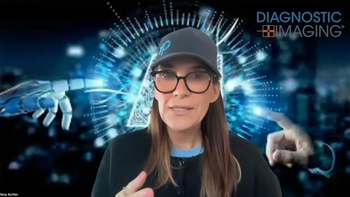
Minimal Sex Differences in Radiology Professorships
Radiology professorships appear equal among men and women, although research opportunities seem to favor men.
Men and women were similarly likely to be full professors in radiology in the United States, but female radiologists may lack equal research opportunities, according to a study published in
Researchers from Harvard Medical School in Boston, MA, performed a cross-sectional study to determine whether there were sex differences in full professorship in radiology after accounting for factors known to influence academic advancement.
Using a comprehensive 2014 physician database, which included 5,089 academic radiologists, inclusive of all U.S. academic radiologists in 2014, the primary outcome of the study was of sex differences in full professorship.
The results showed that of the 5,089 academic radiologists, 3,638 (71.5%) were men, and the average age for male and female radiologists was 52 and 49, respectively. Among the group, 239 (16.5%) women were full professors, as were 948 (26.1%) men. The researchers noted that after multivariate adjustment, rates of full professorship among female and male radiologists were not significantly different. However, the women had fewer total and first or last author publications than men and they were less likely than men to have National Institutes of Health funding (2.0% versus 3.6%). Women also generated less annual Medicare revenue, at $63,346 compared with $75,854 for men.
The researchers concluded that in 2014, men and women were similarly likely to be full professors in radiology, with U.S. medical school faculty appointments. However, “unadjusted differences in promotion and research productivity were present, which suggests that female radiologists may lack equal research opportunities,” they wrote.
Newsletter
Stay at the forefront of radiology with the Diagnostic Imaging newsletter, delivering the latest news, clinical insights, and imaging advancements for today’s radiologists.




























